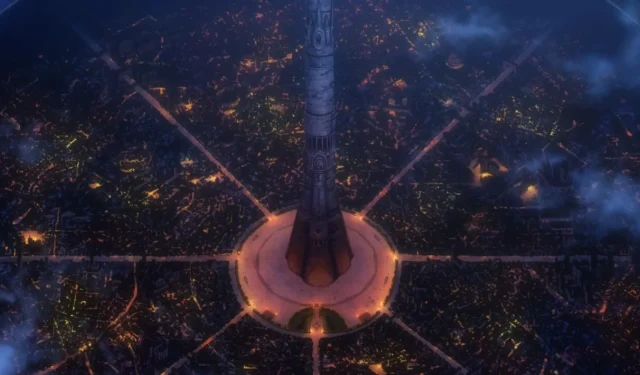
Orario serves as the vibrant hub of the DanMachi series, a remarkable Labyrinth City built around an expansive dungeon. This locale brings together adventurers, forging diverse connections among foes, friends, and acquaintances while sparking a fierce competition for power, both socially and economically.
The immense resources embedded within the dungeon make Orario a distinctive destination—not only for those in search of adventure but also for riches beyond measure. While the dungeon is often regarded as the city’s crown jewel, there are numerous noteworthy features to uncover beyond its depths. The detailed nature of Orario’s layout, along with its history and architecture, offers much to the curious explorer within the DanMachi universe.
The Origins and Layout of Orario
The Labyrinth City
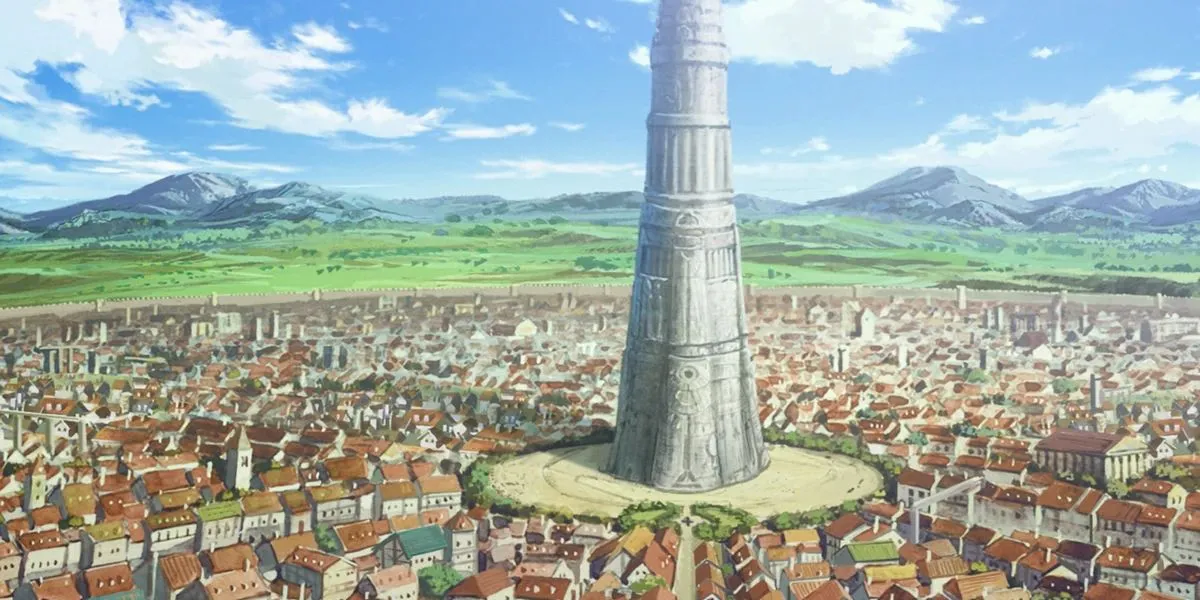
Designed with accessibility in mind, the Labyrinth City of Orario was developed around the dungeon to facilitate easier access to its treasures. Over time, the allure of the dungeon attracted gods who descended to live among mortals, forming familias that bestowed adventurers with enhanced skills for their quests. This interaction naturally led to the growth of the City of Orario.
Ouranos, an essential figure in its history, played a pivotal role in establishing the Labyrinth City. Named after the ancient Greek sky god who fathered the Titans, Ouranos was among the first deities to descend to Earth, notably providing Falna—an ability that facilitates the rise of heroes.
At the core of Orario lies the dungeon, which serves as a significant landmark—both in a physical and symbolic sense. The city is structured in a circular fashion, divided into eight distinct sections surrounding the dungeon at the center. These segments host various districts, marketplaces, residential areas, and attractions, drawing visitors from far and wide, even independent of the dungeon itself. To protect its inhabitants from monsters, both outside threats and those that might escape the dungeon, Orario boasts multiple defensive mechanisms and structures.
The Dungeon Below Orario
A City Crafted for Adventure
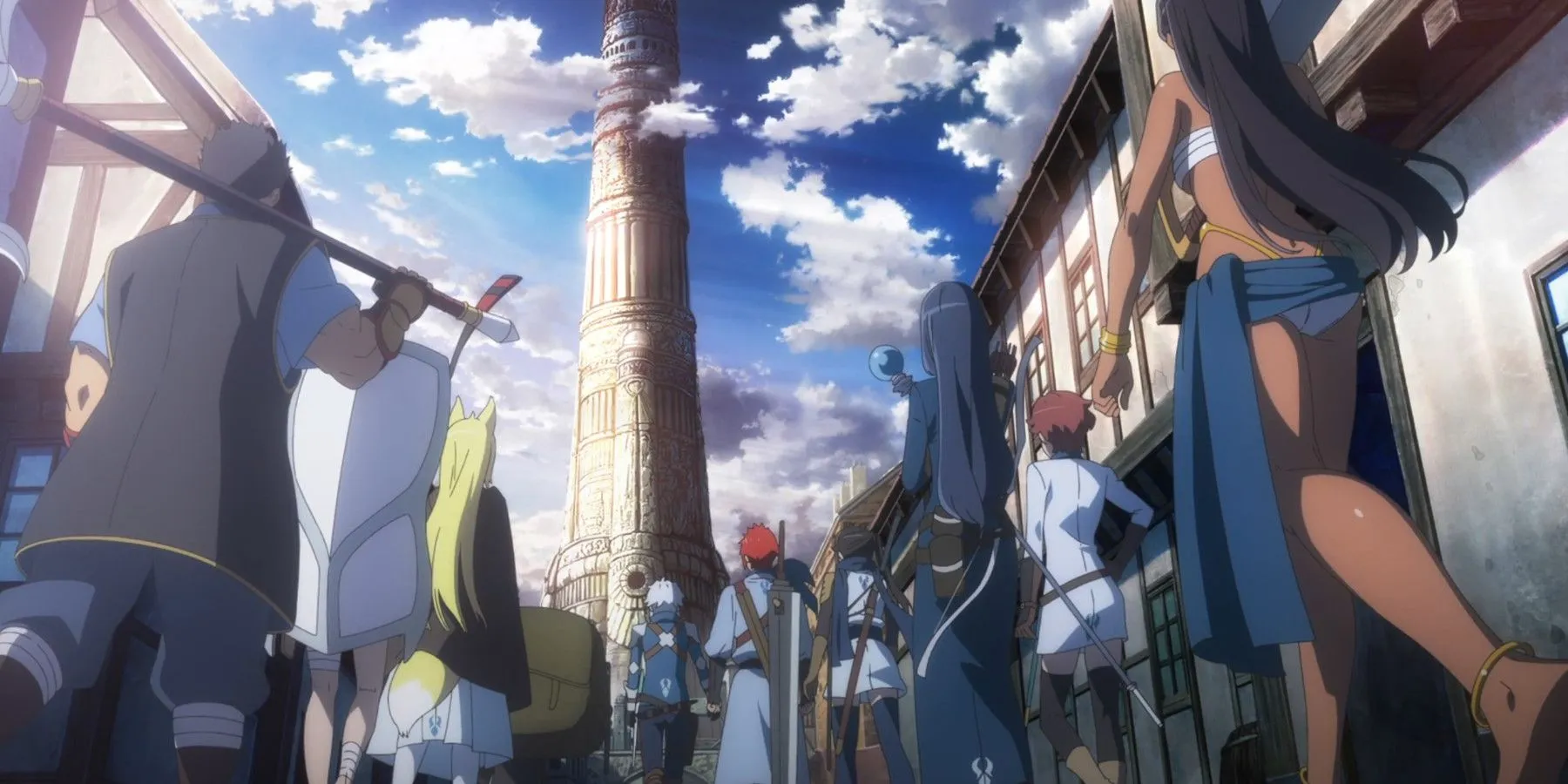
Humanity has always been captivated by the allure of wealth and fame, regardless of the inherent risks involved. This drive makes Orario’s central attraction—the dungeon, located beneath the iconic Tower of Babel—irresistible. The dungeon regenerates continuously, housing magical creatures and considered by many to be alive itself. For countless adventurers, it symbolizes both opportunity and peril. Despite the myriad dangers within, it draws gods and adventurers from all over the globe, emphasizing how deeply the spirit of adventure is woven into the fabric of Orario. With a staggering 71 known floors, the dungeon is vast, its depths home to increasingly formidable monsters. Interestingly, select floors are designated as safe zones where no monsters roam. Hidden within these safe areas are storied villages sheltering the Xenos, a race of sentient monsters who view themselves as the dungeon’s offspring.
Remarkably, the dungeon harbors a disdain for gods, rejecting them upon their entry. If a deity is severely harmed within its confines, they are absorbed rather than sent back to their divine realm. The 71 floors of the dungeon feature distinct attributes that characterize each section. However, its “living” nature means that the dungeon undergoes continual transformation, with both terrain and creatures evolving over time.
While the precise reasons behind the dungeon’s animosity toward the gods in DanMachi remain somewhat ambiguous, the relationship between deities and monsters can be seen as two different forms of life existing in a shared universe. Each entity seems bound by an unwritten agreement that restricts gods from utilizing their powers in the realm of mortals while the dungeon preserves its own set of promises.
Guilds and Familias
The Titans of the Labyrinth City
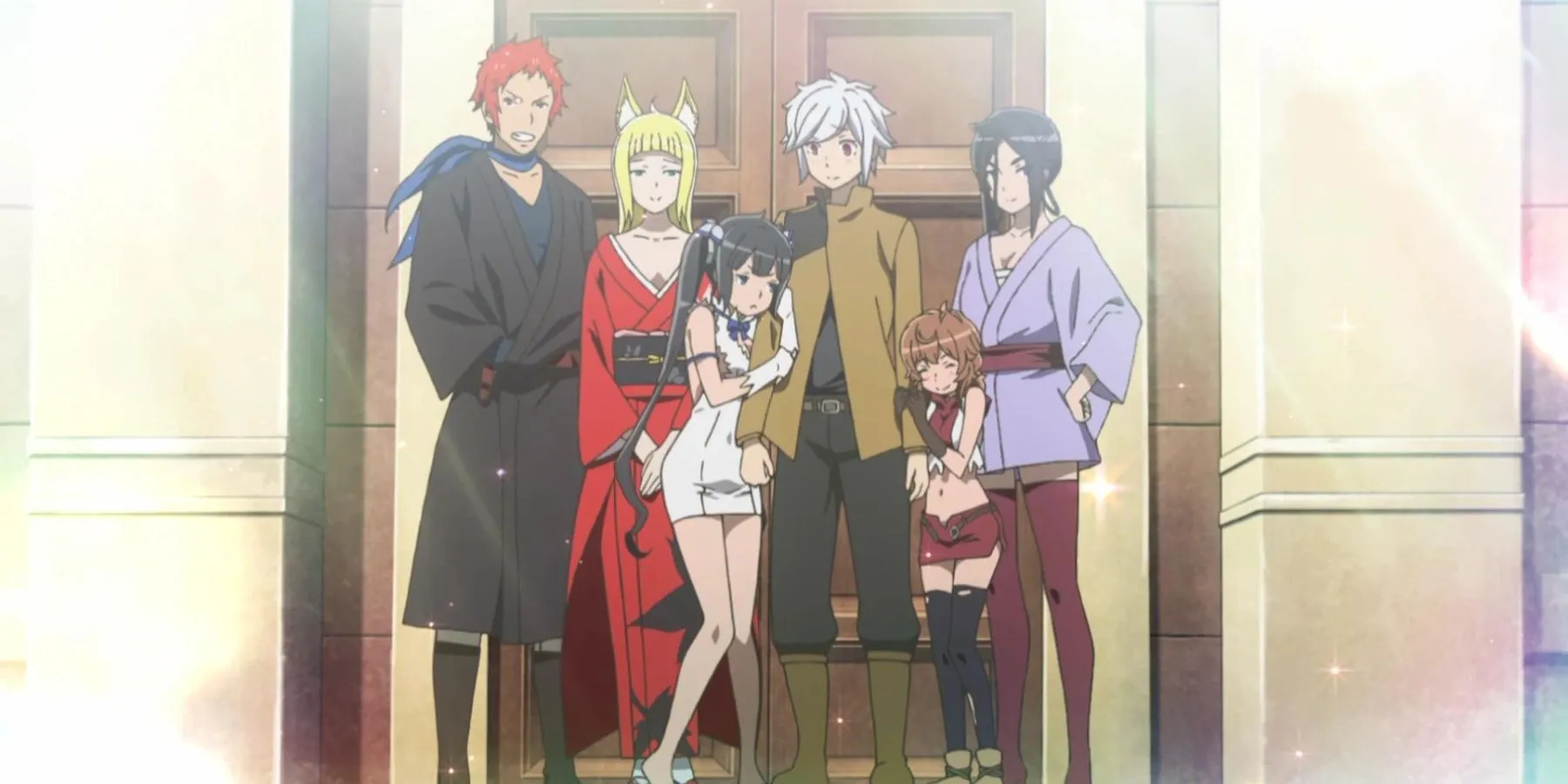
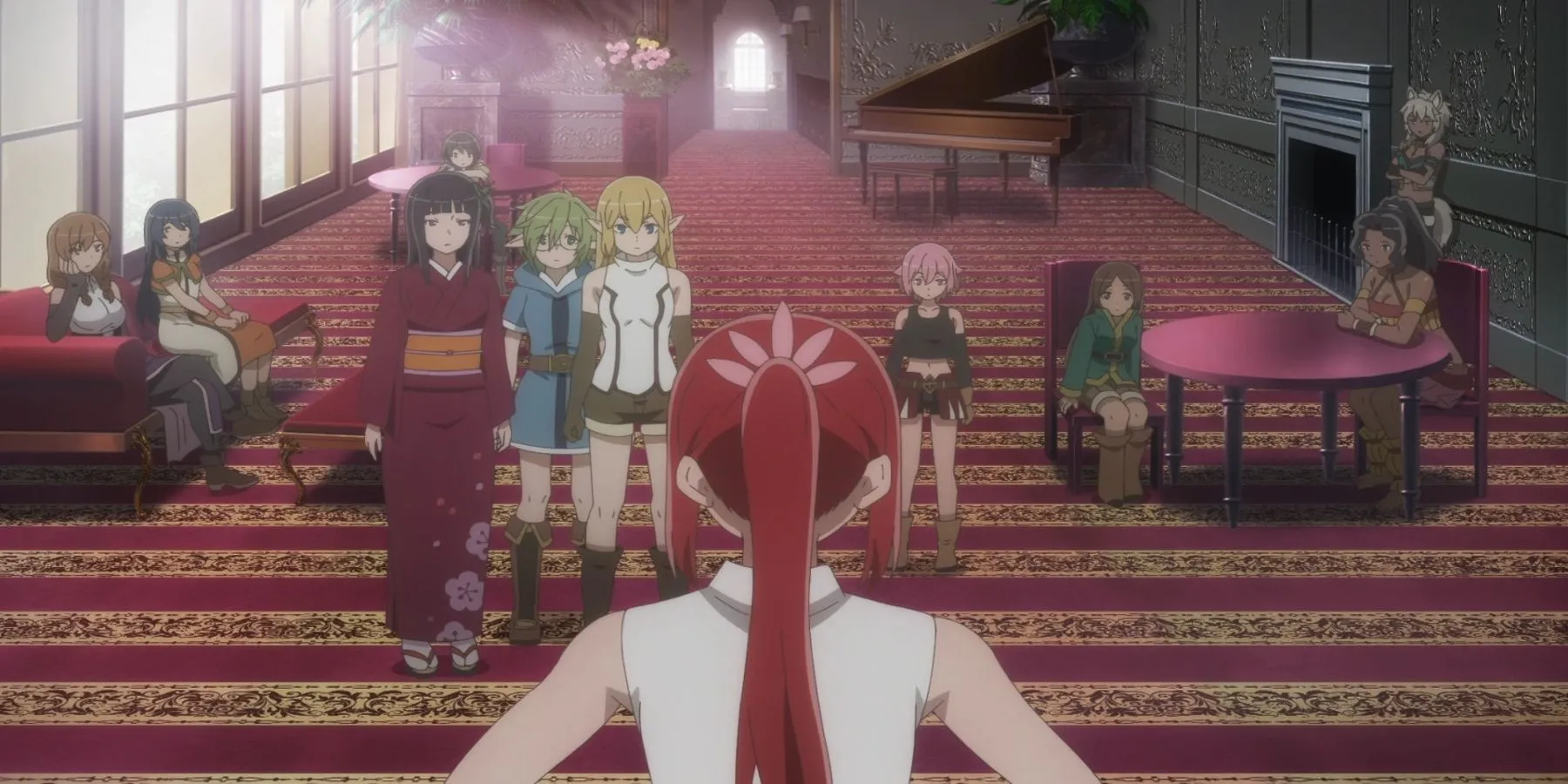
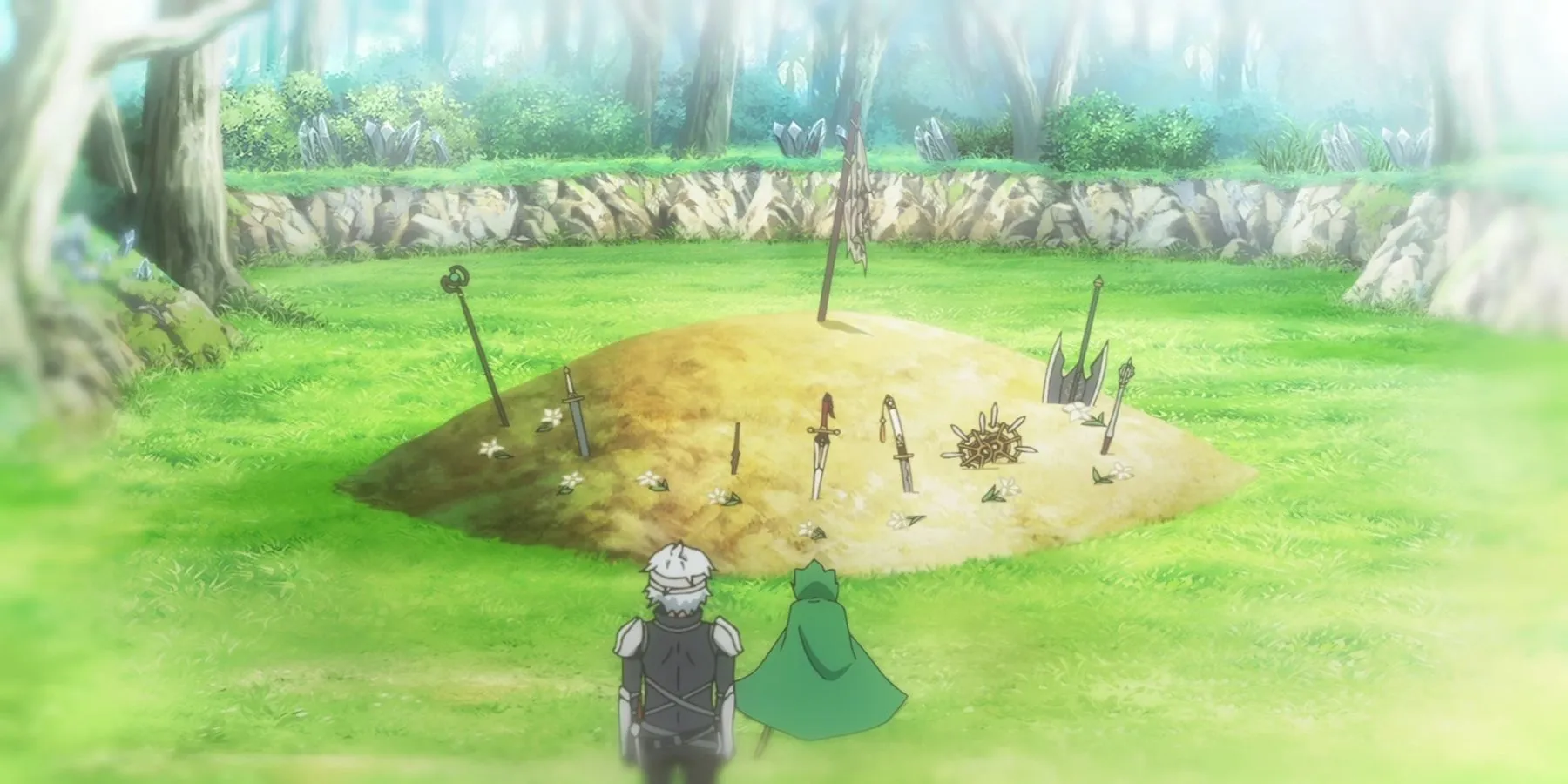
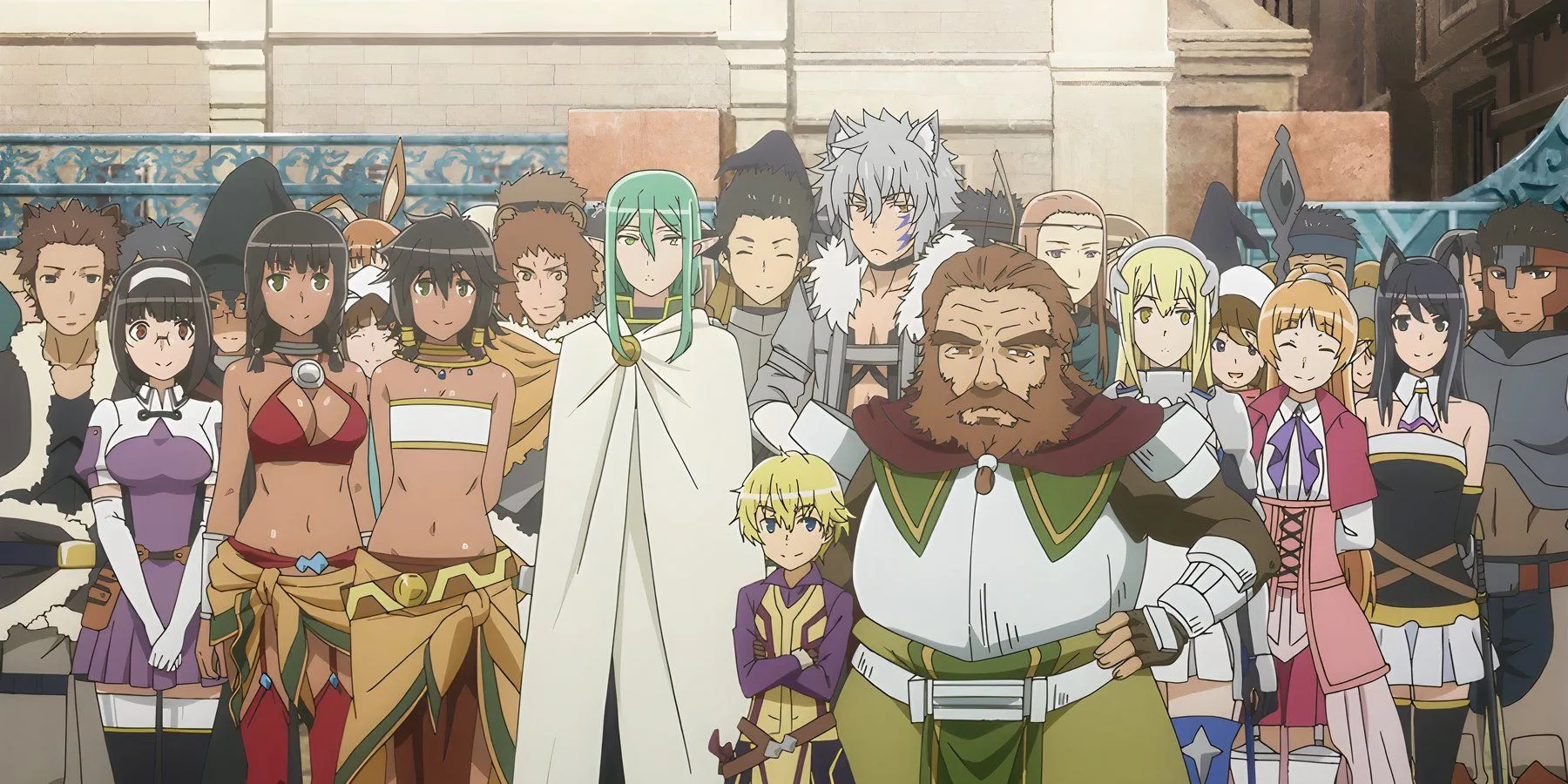
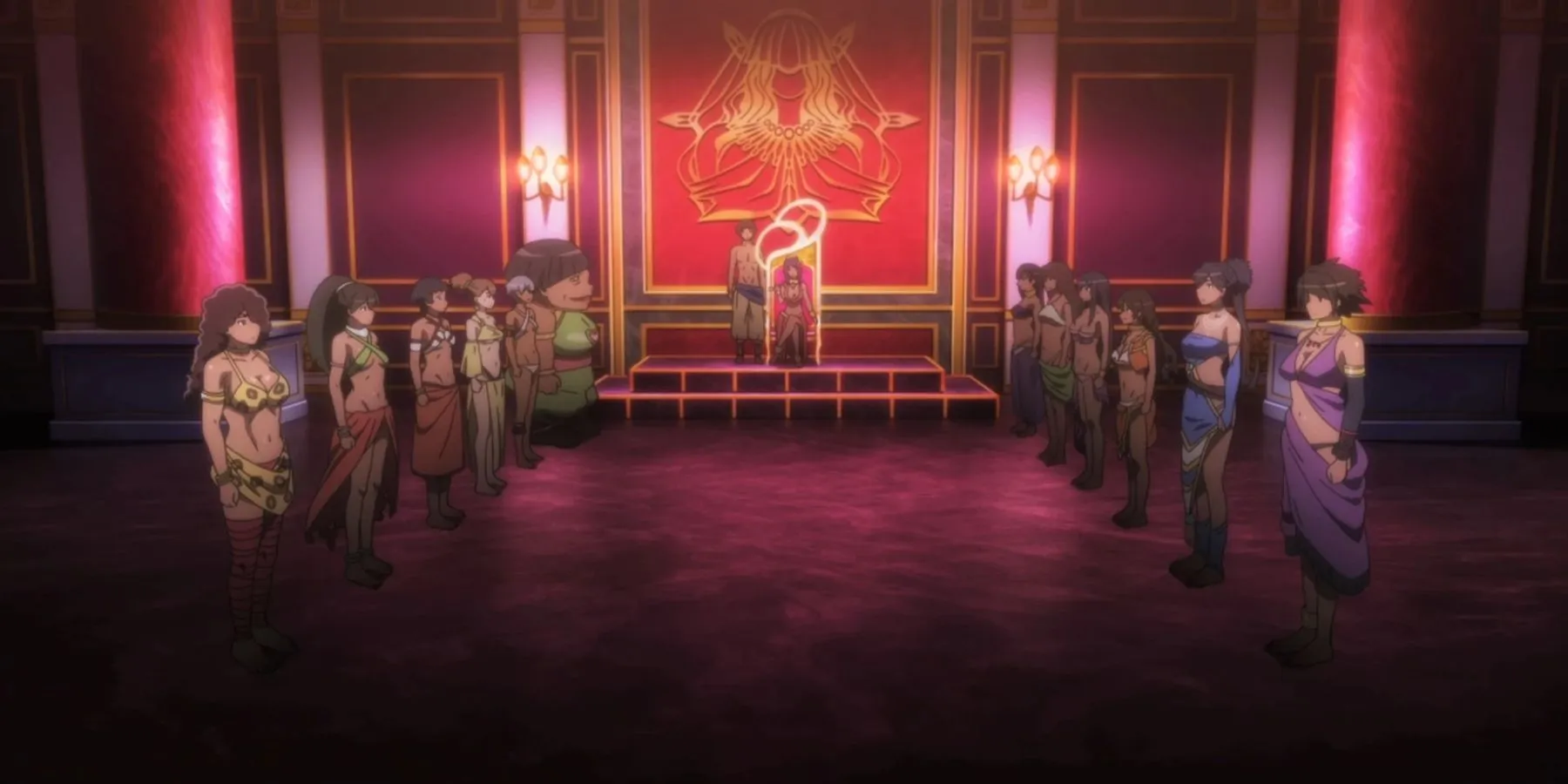
As with many fantasy tales, overseeing adventurers is no easy feat, especially when they hail from diverse backgrounds. Managing conflicts, rewarding accomplishments, and tracking progress requires the organization known as the adventurer’s guild, alongside the diversas familias representing various gods. Although these entities function in different ways, they create a structure that maintains harmony in Orario amidst a whirlwind of cultural diversity.
The guild operates as the primary authority for adventurers and their familias, overseeing activities and assigning missions tailored to each adventurer’s skill level to avert disastrous outcomes. Acting as an archive, the guild disseminates invaluable knowledge gleaned from prior adventurers, helping newcomers navigate the treacherous dungeon’s depths. Without the guild’s regulation, an uncontrolled influx of adventurers into the dungeon could lead to chaos. Intriguingly, beneath the guild lies a sanctum where Ouranos resides, using his divine presence to contain the dungeon’s monsters, suggesting that in his absence, those horrors could ravage Orario and beyond.
Contrarily, familias represent tightly-knit groups of adventurers united under the auspices of a single deity. Members receive divine blessings, enhancing their capabilities and facilitating a more efficient dungeon exploration compared to mere mortal strength. However, not all familias prioritize combat; some focus on crafting, healing, or trading endeavors. If the guild is analogous to a robust support structure underpinning the city by managing adventurers, familias serve as the workforce charged with conquering the dungeon.
Though the guild and familias have distinct roles, when combined, they form the backbone of Orario. The guild establishes the framework, while the familias provide the necessary strength to brave the dungeon’s challenges.
Economic and Social Framework of Orario
Life Beyond the Dungeon
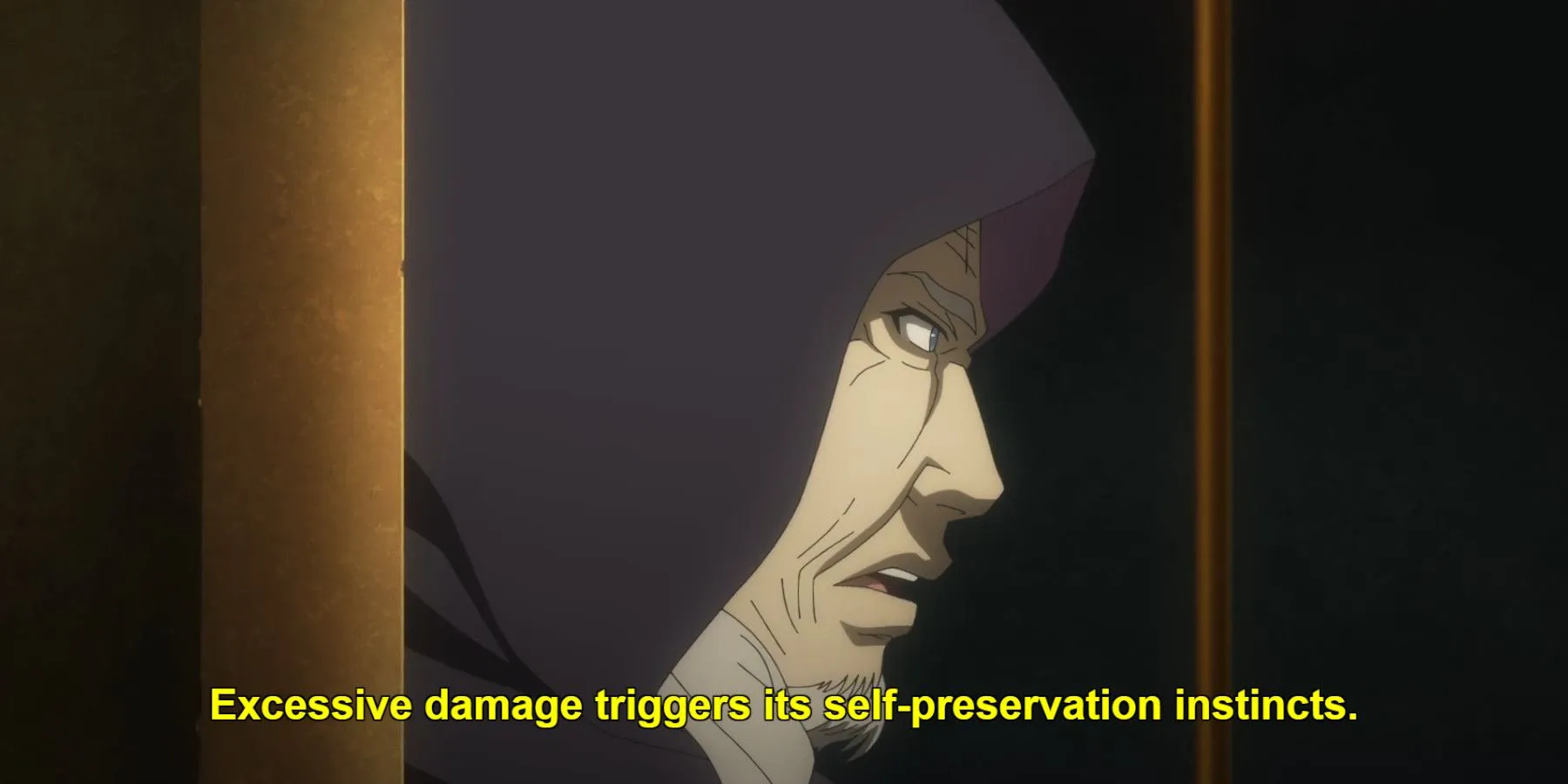
The economy of Orario heavily hinges on the resources retrieved from the dungeon, shaping its bustling marketplace. Treasures and materials harvested fuel a robust demand. Meanwhile, non-combat-oriented citizens thrive in various sectors such as agriculture, trade, and medicine.
Familias not primarily focused on combat also contribute materials for adventurous pursuits. The infusion of magic into everyday items amplifies their effectiveness. While a standard blacksmith can forge an ordinary sword suitable for dungeon crawling, elite adventurers seek magical weapons with far superior capabilities. Creating such items often requires divine intervention to imbue them with magical qualities.
This intertwining of roles illustrates how familias, blessed by deities like Dionysus or Hephaestus, significantly contribute to Orario’s economy.
Regarding the social hierarchy, the goddess’s strength and the familial members’ abilities play vital roles. While Ouranos continues his watch over the city, he allows its inhabitants to govern themselves, entrusting the guilds and familias with local management. Consequently, in a world of adventurers, influence and power are paramount, resulting in familias with more of these attributes often rising to the pinnacle of social status.
Highlights of Orario
Significant Sites in the Labyrinth City
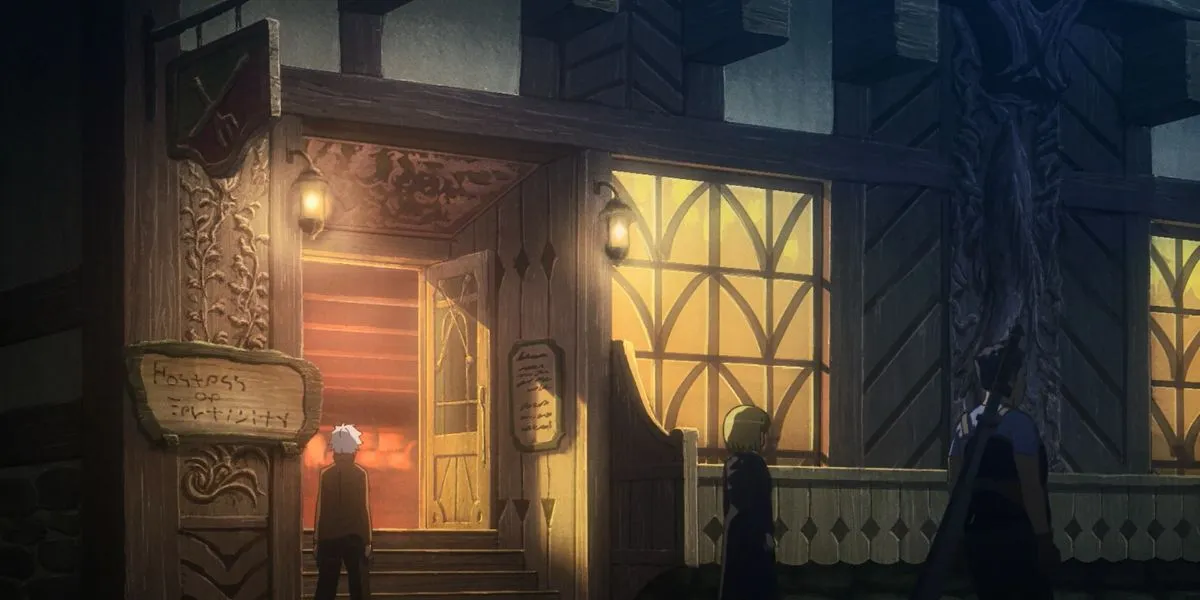
Over time, a myriad of remarkable buildings and districts have emerged in the City of Orario, capturing the imaginations of adventurers and citizens alike. While the dungeon is undoubtedly noteworthy, other attractions, including the Tower of Babel, the Hostess of Fertility pub, the Entertainment District, and the Amphitheatron, also vie for attention. As a congregation of familias led by gods and goddesses, numerous architectural marvels were constructed to reflect their divine sensibilities. The home of the Ganesha Familia, a grand statue of Ganesha, is a stunning sight in its own right.
Among these landmarks, the towering structure of the Tower of Babel, soaring skyward above the dungeon, stands out prominently. This 50-story edifice acts as a barrier against escaping monsters. The top floor has historically been occupied by prominent deities, such as Freya. Additionally, venues like the Hostess of Fertility welcome adventurers eager to share tales of their exploits while enjoying hearty drinks and laughter.
In conclusion, the Labyrinth City, central to the DanMachi narrative, has flourished into a lively metropolis for adventurers, complete with its own intricate social and economic structures. With the dungeon at its core, the city boasts numerous attractions and distinctive locales. While the dungeon acts as both the emotional and physical nucleus of Orario, the guilds and familias serve as essential supports, maintaining a cohesive and functional society.
DanMachi is available for viewing on Crunchyroll and Hulu.




Leave a Reply